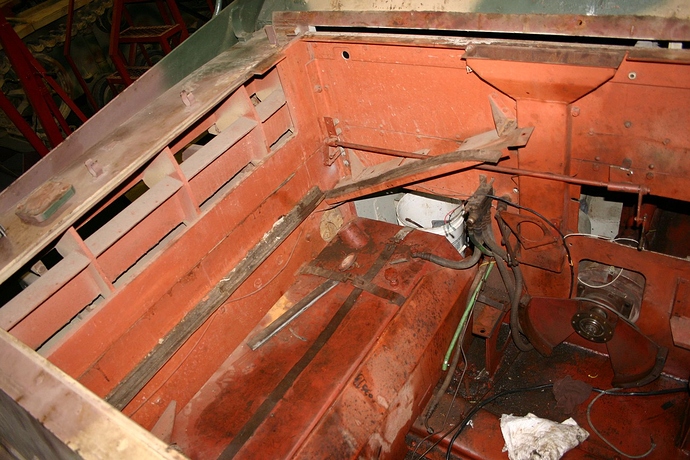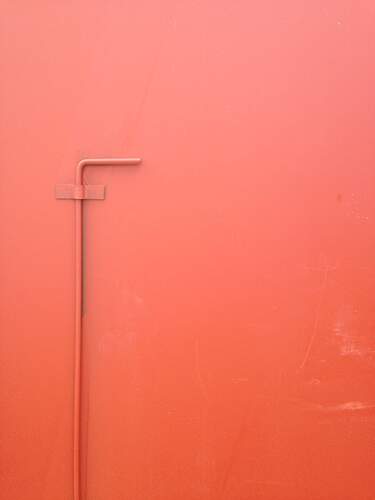I believe that this “modeler’s myth” got its start as a misinterpretation of the original German text of the order for factories to start camouflage painting of AFV’s before delivery. The original text instructed the factories to only apply the three camouflage colors over the primer only on the intended areas for each color. That is, only paint the dark yellow over areas to be dark yellow with the same for the green and brown.
The misinterpretation came in the way this intention was written. The original German text discussed applying the camouflage color so that the primer was not completely covered and some of it remained exposed. What was not grasped was that the exposed primer was then to be covered by one of the other camouflage colors. The final result was intended to be a completely camouflage painted AFV with the entire vehicle over-painted by at least one of the three cammo colors.
Some researchers and modelers took this to mean that the instruction was to permanently leave areas of primer exposed to serve as some portion of the camouflage or that the factories could do this as an option (with the modeler’s assumption that, say, in the absence of brown camouflage paint, the factory could just leave the primer red exposed as a camouflage substitute). This was an incorrect interpretation (vs. translation) of the original German.
(There is a difference between “translation” and “interpretation” when it comes to conveying the true sense and meaning of something said or written in one language into another language. A literal translation does not always convey the actual meaning.)
The original instruction went on to specify that there should be as little over-lap of camo colors as possible (to conserve paint), but that if some small areas were not covered, those minor places with exposed primer were not grounds for the inspectors to reject the AFV and demand that it be re-painted.
Unfortunately, the initial researchers who uncovered the original German text didn’t publish that original text when it was discovered. Instead, they published, in English, a literal translation (vice a correctly interpreted translation) which allowed modelers and other researchers (relying on secondary sources) to “read into” the English translation an incorrect and different meaning from the original German.
Once the original German text of the instruction became widely available, the misinterpretation was recognized for what it was. However, the historical damage was already done.
Because this incorrect meaning has been published and repeated over and over, it has now become a “modeler’s myth.” Later and newer works on the subject have since corrected this misinterpretation, but the myth still lingers on…




